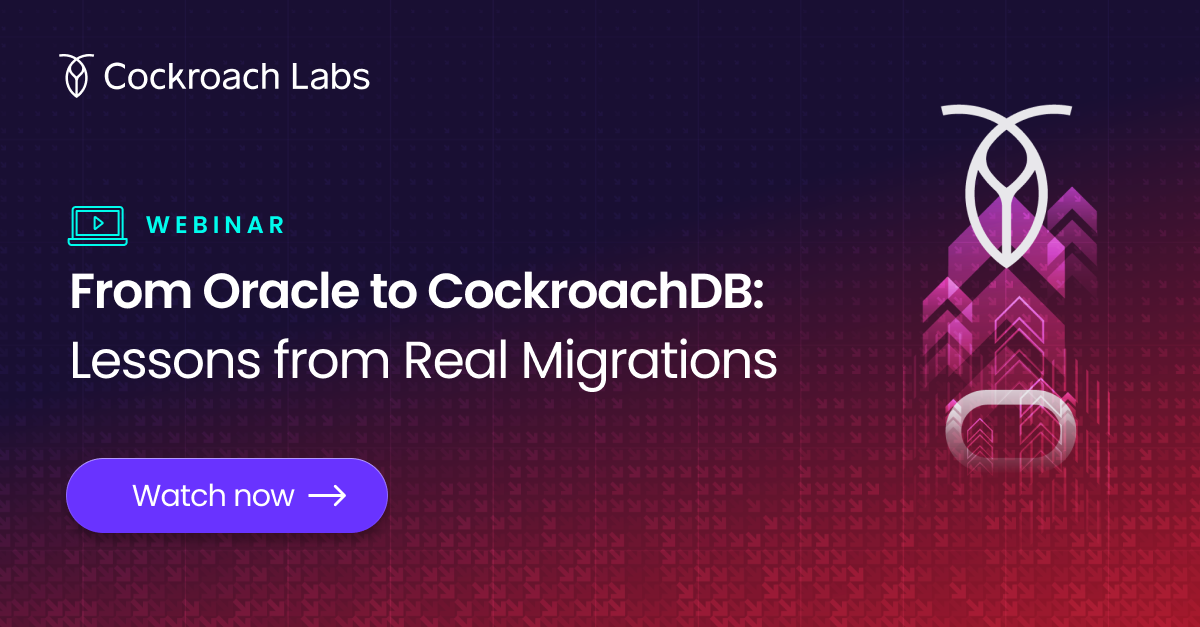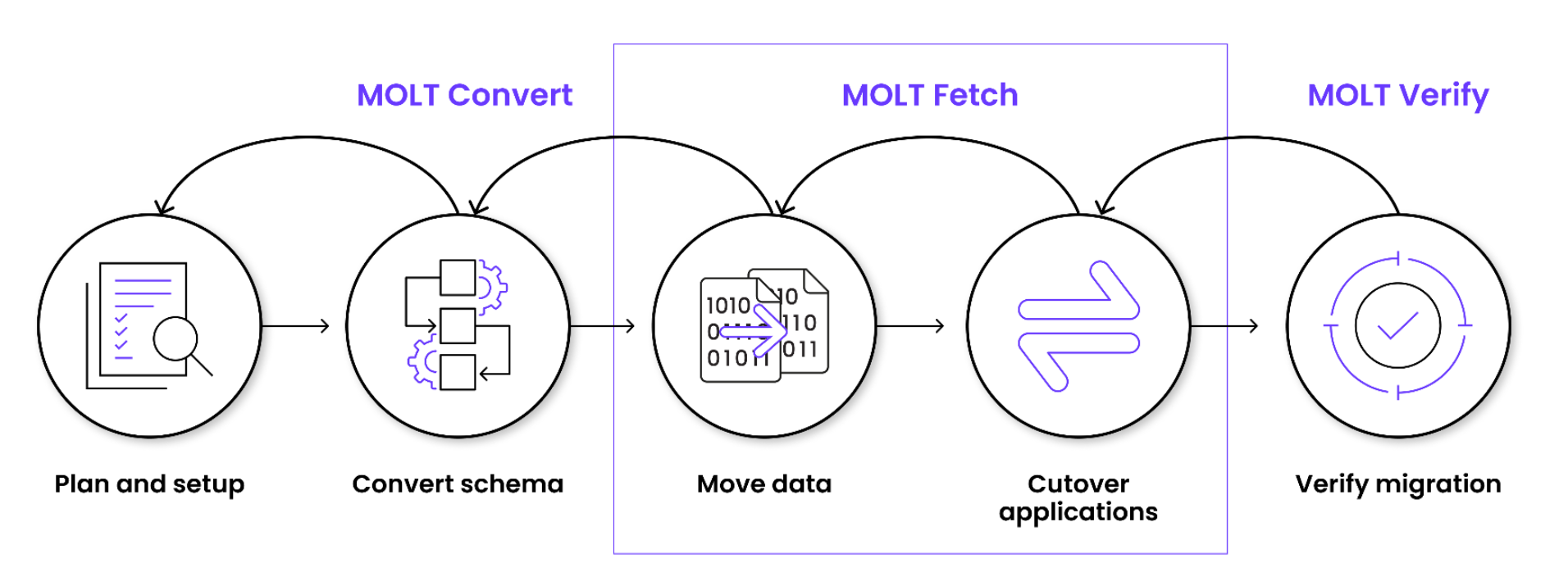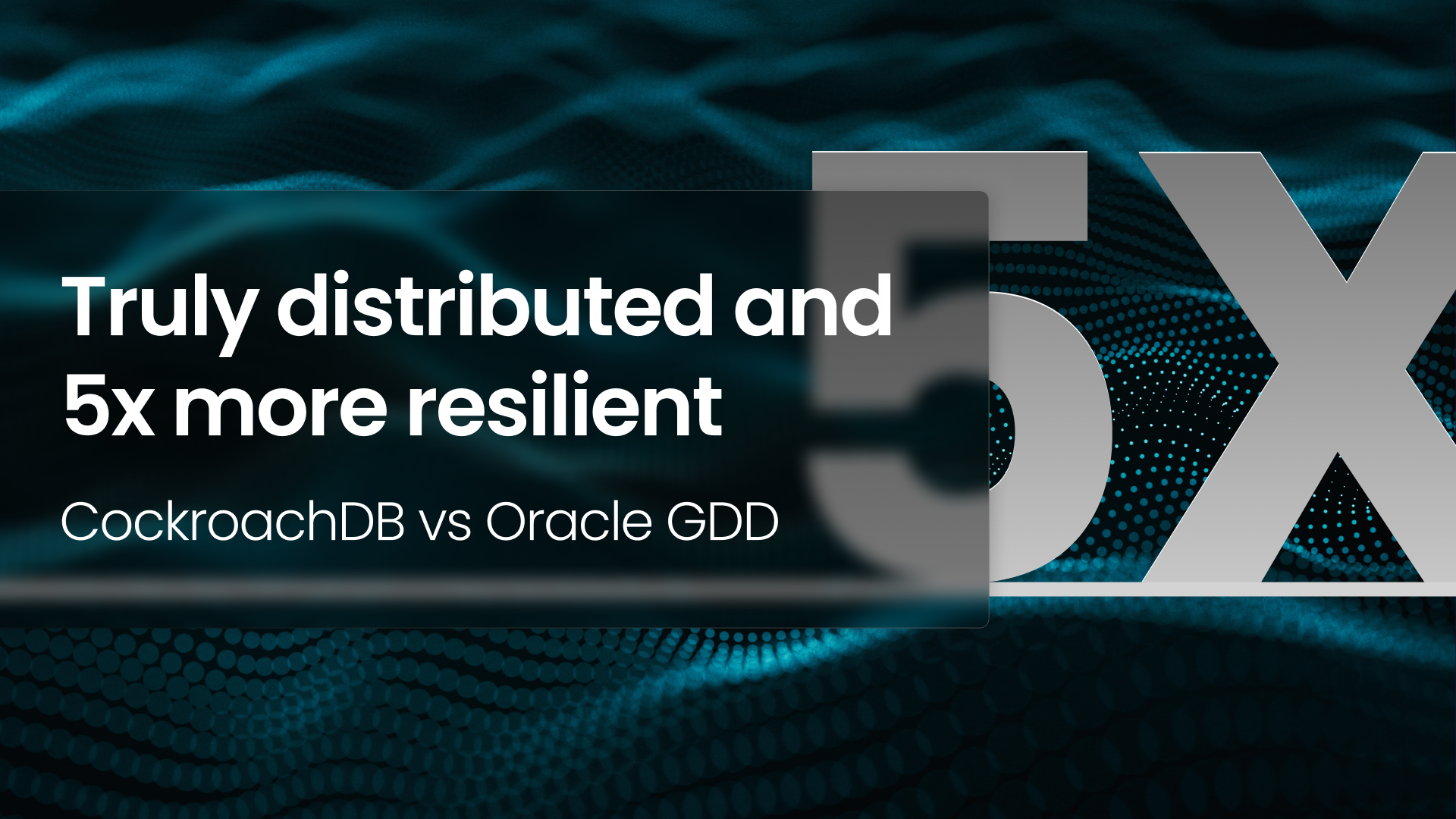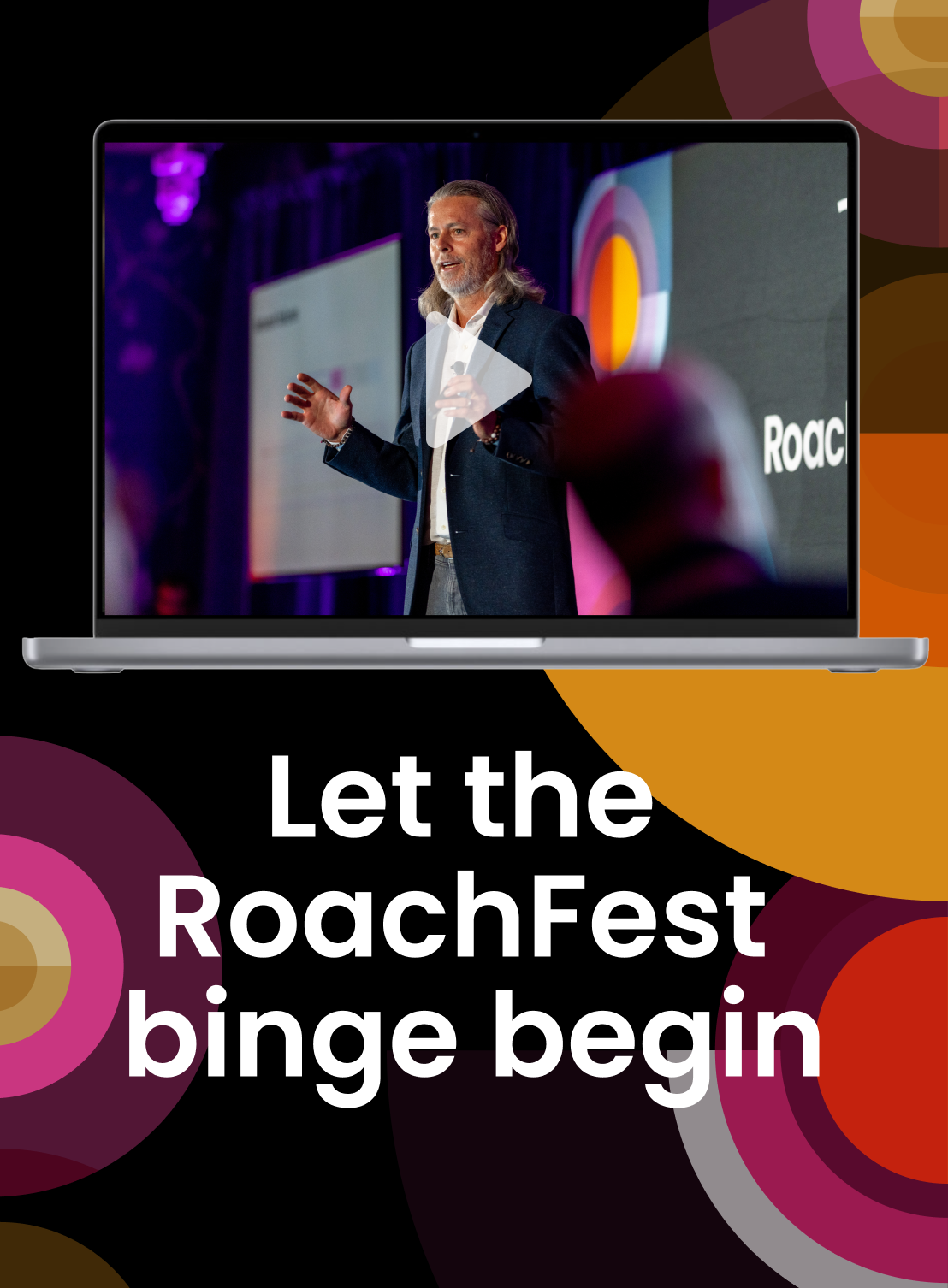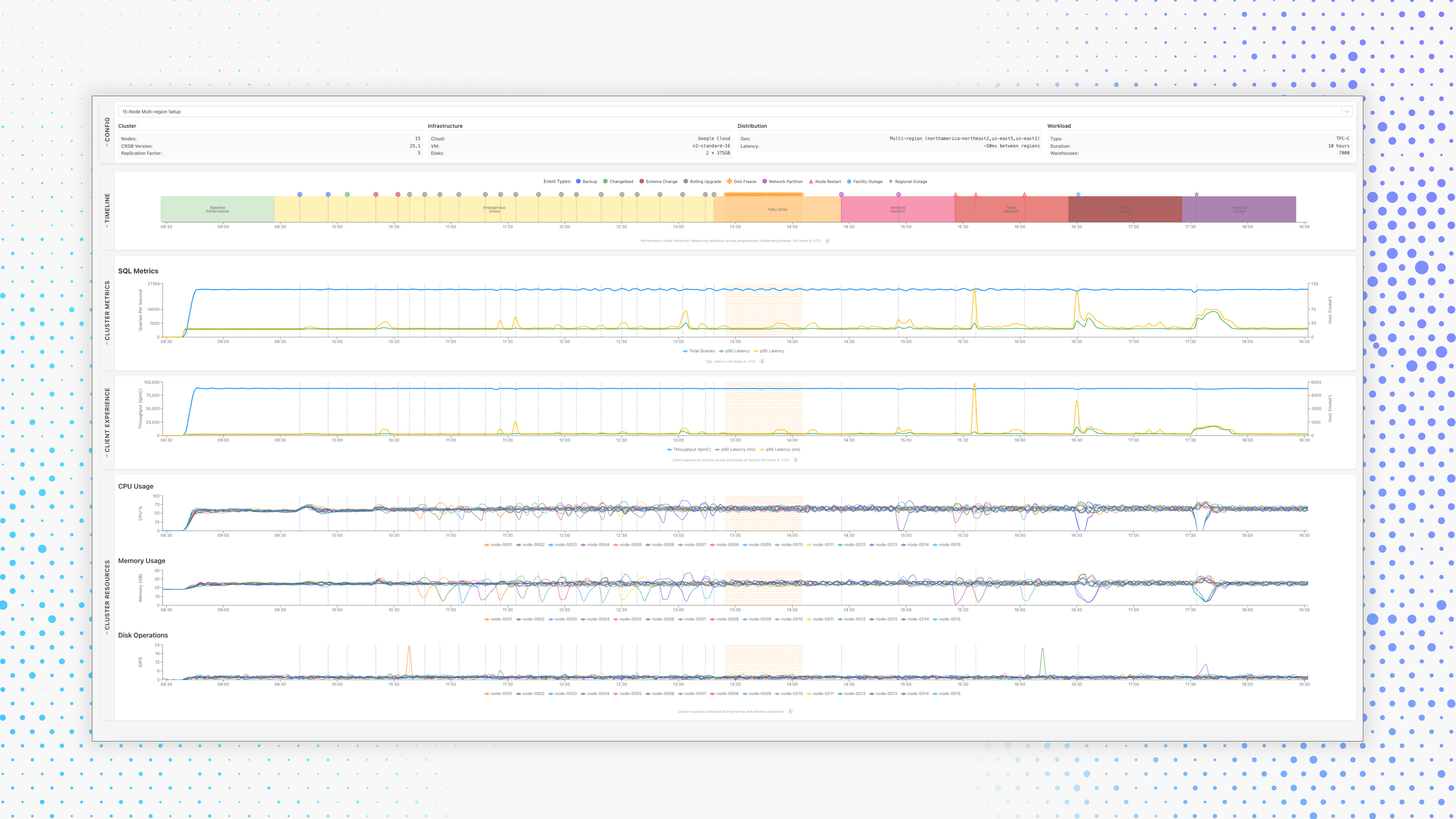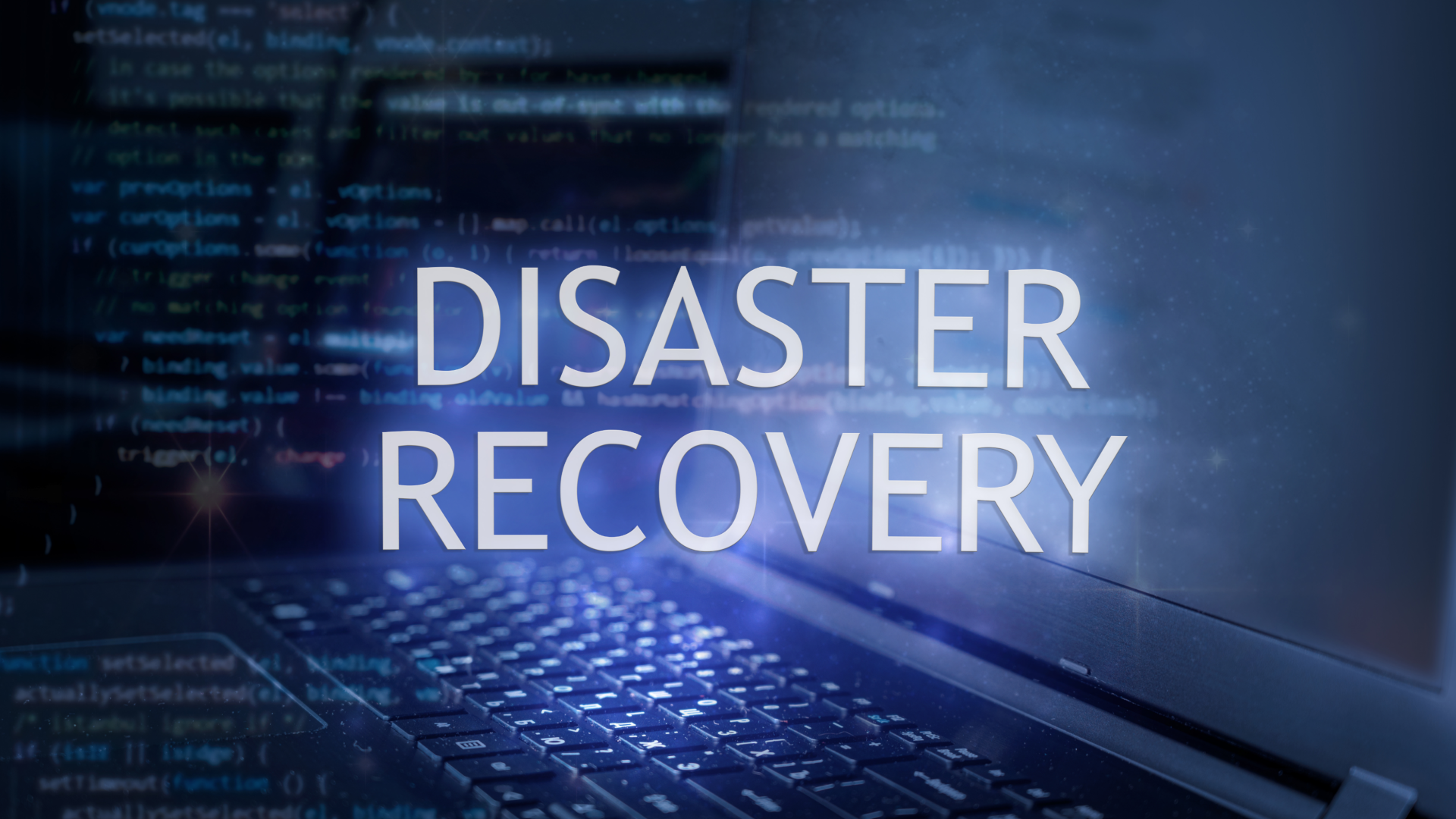In our recent webinar, “From Oracle to CockroachDB: Lessons from Real Migrations,” technical experts Rohan Joshi and Alistair Parry walked through how real-world organizations across industries migrated mission-critical workloads from Oracle to CockroachDB. Through this talk, live demo, and engaging Q&A, the audience learned which Oracle workloads are a great fit for CockroachDB, how to tackle schema conversion and PL/SQL refactoring, and how our MOLT (Migrate Off Legacy Technology) toolkit accelerates the process.
Get the whole conversation and live demo on our website, and see how it all comes together in practice.
1. Don’t Wait Until the Pain Becomes Unbearable
Every successful migration begins with frustration. As Rohan Joshi shared, most companies don’t wake up one day excited to run a migration — they do it because their systems are reaching the breaking point. Oracle, while powerful, becomes costly and complex to maintain as data grows. Manual sharding, replication lag, and operational overhead consume engineering bandwidth.
“You're spending all this time and energy to keep your database and your infrastructure alive and working, but ultimately you want a database that you don’t have to worry about. You don't want it to occupy mental space at the end of the day.” — Rohan Joshi
One of our fintech customers found themselves in this exact position. Under Oracle, they were scaling to terabytes of data, with queries slowing and engineers firefighting during peak loads. Moving to CockroachDB gave them elastic scale, consistent performance, and resilience — all without the manual heroics.
2. Migrations Are Painful, But Predictable
Migration is rarely just about moving data. It’s about moving an entire system without breaking business continuity. There are key steps that every migration requires. That includes refactoring applications, converting procedural logic, transforming schemas, and validating every record.
Cockroach Labs has led hundreds of migrations from Oracle, Postgres, MySQL, and SQL Server. With a well-tested playbook and purpose-built tooling that reduces friction at every step, CockroachDB makes migrations predictable and pain-free.
3. Resilience Matters More Than Speed
In database modernization, resilience often beats raw speed. Oracle can be fast — until it isn’t. Meanwhile CockroachDB was built to stay online even when things go wrong.
When running Cockroach Labs’ cutting-edge “Performance Under Adversity” benchmark, CockroachDB had 5x less downtime than Oracle (tested on v23ai free on premise) under real-world stress (51 seconds vs. over 6 minutes).
For businesses where downtime costs millions per minute, the resilience provided by CockroachDB isn’t a nice-to-have, it’s a mandate.
4. The Right Tooling Changes Everything
At the heart of the migration journey is CockroachDB’s MOLT toolkit — short for Migrate Off Legacy Technology. MOLT guides teams from planning to validation through four integrated stages:
Plan and setup – Understand how your applications connect to the database.
Convert – Translate your schema into CockroachDB-compatible SQL.
Fetch – Move your data and cutover applications
Verify – Ensure integrity and consistency post-migration.
The tools were designed to eliminate the “black box” nature of third-party solutions, offering transparency, control, predictability, and reliability throughout the process.
5. Always Keep a Safety Net
Every migration carries risk. CockroachDB mitigates that with continuous replication and failback support. Using MOLT Fetch, teams can replicate data from Oracle into CockroachDB in real-time—and even roll back to Oracle if needed.
“It's there as insurance policy…that absolute guarantee that they can cut back if they need to and they're not going to miss events” — Alistair Parry
This approach enables testing, phased cutovers, and peace of mind.
6. Automate the Repetitive, Leverage AI
The next frontier of database modernization lies in automation. Cockroach Labs is experimenting with LLM-powered migration assistants to streamline planning and code conversion.
These AI tools aim to:
Automatically assess migration complexity and risk.
Suggest phased roadmaps across multiple services.
Rewrite stored procedures, triggers, and user-defined functions.
7. Choose the Right Starting Point
Not every workload needs to move on day one. Start with systems that are:
SQL-compliant
Moderate in schema complexity
OLTP-focused
Analytical or heavy reporting workloads may stay better suited for tools like Snowflake or Databricks, while mission-critical transactional systems thrive on CockroachDB’s distributed resilience.
Free your engineering teams
Migrating from Oracle isn’t just about swapping databases — it’s about freeing engineering teams to focus on innovation, not maintenance. Your team shouldn’t be focused on becoming DBAs. Let us focus on the database, so you can focus on your mission and vision. With MOLT, CockroachDB delivers a modern path to reliability, scalability, predictability, and simplicity.


